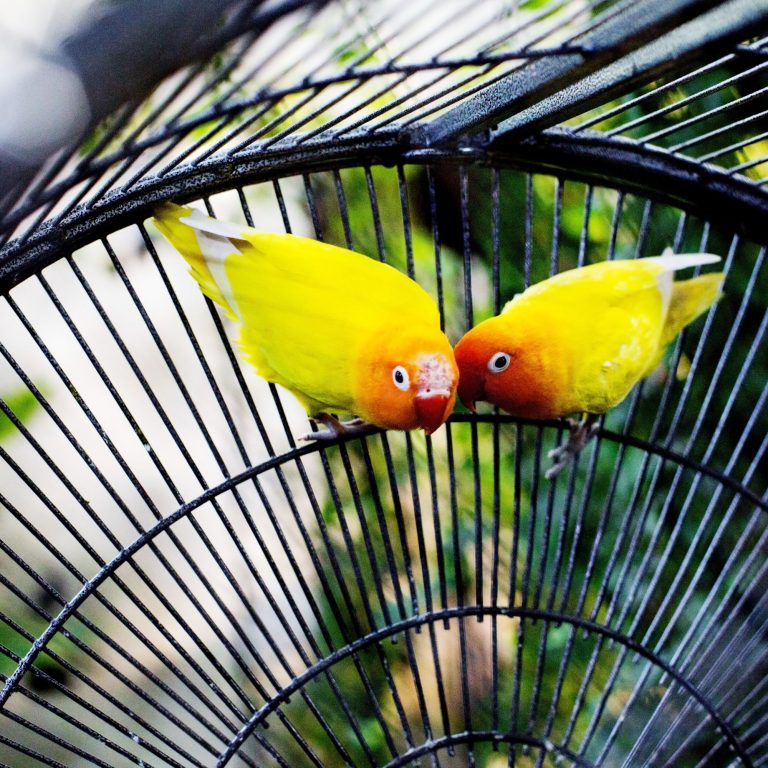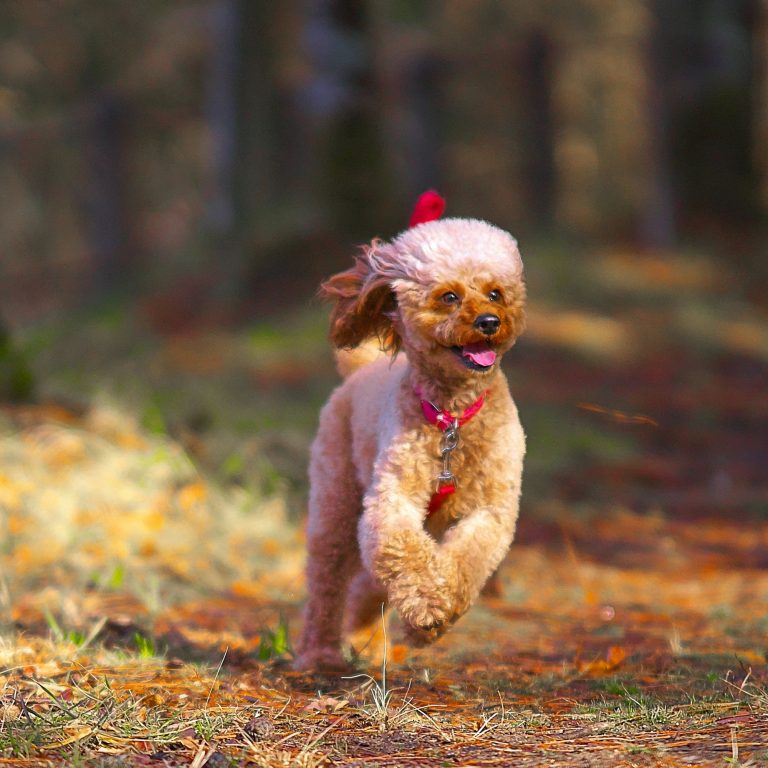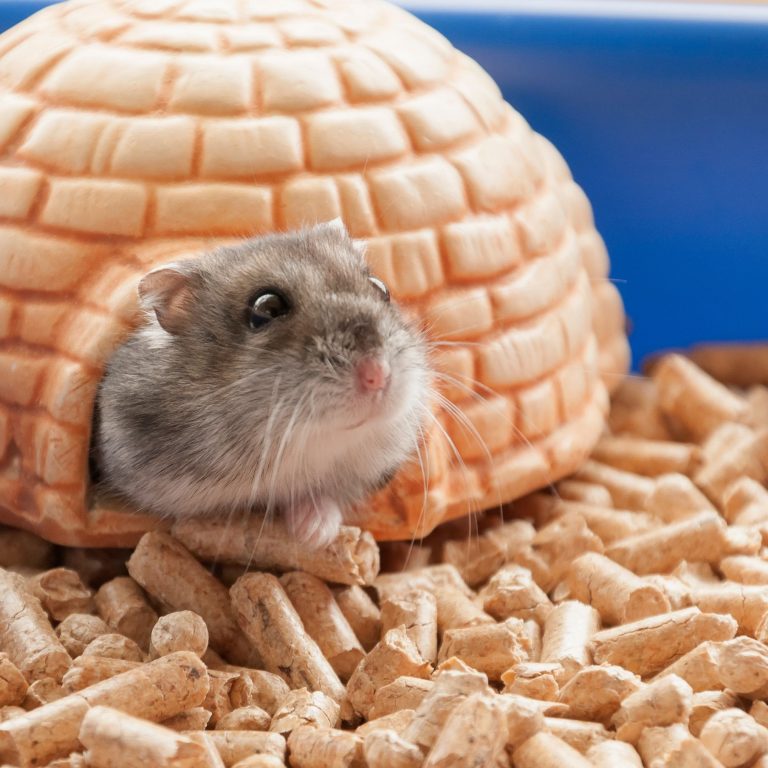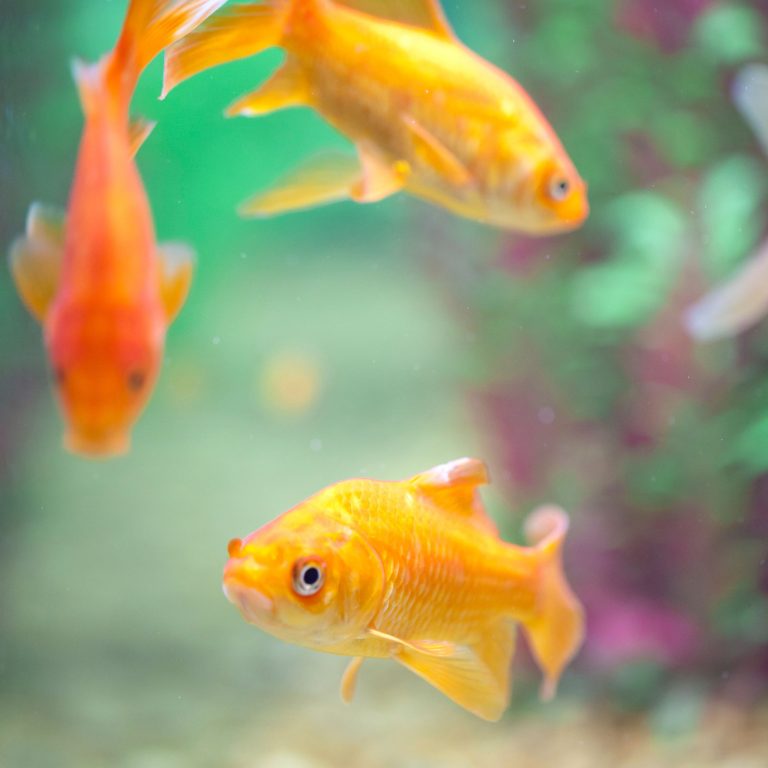Unlock Natures Rainbow: Bird Feeder for Attracting Different Birds
Creating a Bird-Friendly Oasis
If you’re a bird lover, creating a bird-friendly oasis in your backyard can bring you hours of joy and entertainment. One of the best ways to attract a variety of bird species is by setting up a bird feeder. Not only does it provide a reliable food source for birds, but it also allows you to observe their fascinating behaviors up close. Let’s explore the benefits of bird feeders and understand the importance of selecting the right one for attracting different birds.
The Joy of Bird Watching
Bird watching is a delightful hobby that allows you to connect with nature and appreciate the beauty of our feathered friends. By setting up a bird feeder, you can turn your backyard into a vibrant and lively sanctuary where different bird species come to feed and interact. The sight of colorful birds fluttering around the feeder is sure to bring you a sense of joy and tranquility. Moreover, observing their unique behaviors and listening to their charming songs can be a source of relaxation and fascination.
The Benefits of Bird Feeders
Bird feeders offer numerous benefits for both birds and bird enthusiasts. They provide a reliable source of food, especially during times when natural food supplies may be scarce. This is particularly important during colder months or migration periods when birds require extra nourishment. Bird feeders also play a crucial role in supporting the survival of various bird species by helping to maintain their populations.
From an enthusiast’s perspective, bird feeders provide an opportunity to attract a diverse range of species to your backyard. This allows you to observe different bird behaviors, learn about their unique characteristics, and even participate in citizen science projects by reporting your bird sightings. Moreover, bird feeders can serve as a focal point for photography, allowing you to capture stunning images of these beautiful creatures in their natural habitat.
Understanding Bird Feeder Selection
Selecting the right bird feeder is essential for attracting a variety of bird species to your backyard. There are various types of bird feeders available, each designed to accommodate different feeding preferences and bird sizes. When choosing a bird feeder, consider factors such as the type of food you want to offer, the feeding mechanisms, and the durability of the feeder.
To attract a wider range of bird species, opt for a multi-species bird feeder that offers a variety of food options. This may include seed feeders for attracting finches and sparrows, suet feeders for woodpeckers and nuthatches, or nectar feeders for hummingbirds. By providing a diverse menu, you can cater to the specific dietary needs of different bird species and increase the chances of attracting a greater variety of birds to your feeder.
For more information on selecting the right bird feeder for attracting different birds, check out our article on bird feeder for multiple species. Remember, creating a bird-friendly oasis requires careful consideration of the feeder placement, water sources, and other factors that contribute to a welcoming environment for our feathered friends.
Attracting Different Bird Species
To create a bird-friendly oasis in your backyard, it’s important to attract a diverse range of bird species. By providing the right elements, you can entice various birds to visit your garden and enjoy the offerings of your bird feeder. Here are some key considerations to attract different bird species:
Seed Variety for Attracting Different Birds
One of the most effective ways to attract a wide array of bird species is by offering a diverse selection of seeds in your bird feeder. Different birds have different dietary preferences, and providing a variety of seeds ensures that you cater to their specific needs.
Consider including a mix of seeds such as black oil sunflower seeds, safflower seeds, thistle seeds (also known as nyjer seeds), and millet seeds in your bird feeder. These seeds are popular among many bird species and will attract a range of colorful visitors to your garden.
To better understand the preferences of different bird species, refer to our article on bird feeder with diverse bird species, which provides a comprehensive list of seeds preferred by various birds.
Feeder Design for Different Birds
In addition to seed variety, the design of your bird feeder plays a crucial role in attracting different bird species. Different birds have different feeding habits and preferences, so providing a feeder that accommodates their needs can increase the chances of attracting a wider variety of birds.
Consider using different types of bird feeders, such as tube feeders, hopper feeders, and platform feeders, to cater to the feeding habits of different bird species. Tube feeders with small perches are suitable for attracting finches and chickadees, while larger hopper feeders can accommodate cardinals and jays. Platform feeders with open trays are preferred by ground-feeding birds like doves and sparrows.
For more information on bird feeder designs that attract multiple species, visit our article on bird feeder attracting various bird species.
Water Sources for Bird Attraction
In addition to food, providing a water source is essential for attracting a diverse range of bird species. Birds need water for drinking and bathing, especially during hot and dry periods. By offering a birdbath or a shallow water dish near your bird feeder, you can create an inviting environment that appeals to a wider variety of birds.
Ensure that the water source is easily accessible and shallow enough for small birds to bathe safely. It’s important to regularly clean and refill the water to maintain its freshness and hygiene.
To learn more about creating a bird-friendly environment, including tips on bird feeder placement and attracting specific bird species, check out our article on bird feeder attracting multiple types of birds.
By incorporating a variety of seeds, utilizing feeder designs suitable for different birds, and providing a water source, you can attract a diverse range of bird species to your backyard. Enjoy the beauty and wonder of nature as you watch various birds flock to your bird feeder and create a vibrant display of colors and melodies.
Bird Feeder Placement
To create an ideal environment for attracting different bird species, proper placement of your bird feeder is essential. By considering safety, accessibility, and the birds’ natural preferences, you can maximize the diversity of bird species visiting your feeder.
Placement for Safety and Accessibility
When choosing a location for your bird feeder, prioritize safety and accessibility for the birds. Here are some key considerations:
-
Visibility: Place the feeder in a spot where it is easily visible to birds. This allows them to spot the food and feel confident in approaching the feeder.
-
Distance from Windows: To prevent bird collisions, avoid placing the feeder too close to windows. Birds may mistake the reflection for open space and collide with the glass. If you cannot move the feeder away from windows, consider using window decals or installing window screens to minimize the risk.
-
Height and Distance from Obstacles: Position the feeder at a height that is safe and easily reachable for birds. Ensure that there are no nearby obstacles, such as branches or structures, that may hinder access or pose a danger to the birds.
Creating a Welcoming Environment
To attract a diverse range of bird species, it’s important to create a welcoming environment around your bird feeder. Consider the following tips:
-
Landscaping: Surround your feeder with native plants and shrubs to provide birds with natural cover and perching spots. This creates a more attractive environment for birds and encourages them to visit regularly. Additionally, certain plant species may produce seeds or fruits that attract specific bird species.
-
Water Source: Birds require a water source for drinking and bathing. Consider placing a bird bath or shallow water dish near the feeder. Ensure that the water is fresh and clean, and replace it regularly to prevent the growth of algae or mosquitoes.
-
Shelter: Birds appreciate nearby trees or shrubs that offer shelter from predators and harsh weather conditions. Providing a safe and protected space near the feeder encourages birds to stay longer, increasing the likelihood of attracting a variety of species.
Avoiding Predators and Hazards
To protect the birds and maintain a safe feeding environment, take precautions against potential predators and hazards:
-
Predator Deterrence: Position the feeder away from potential hiding spots for predators, such as dense shrubbery or low-hanging branches. This reduces the risk of predators ambushing the birds while they are feeding. Additionally, consider adding predator deterrents, such as baffles or squirrel guards, to prevent access to the feeder.
-
Minimize Hazards: Remove any potential hazards near the feeder, such as sharp objects or toxic plants. Ensure that the area is free from chemicals or pesticides that may be harmful to birds. Regularly inspect the feeder and surroundings for any signs of damage or wear that could pose a risk to the birds.
Proper placement of your bird feeder plays a crucial role in attracting a diverse range of bird species. By considering safety, accessibility, and creating a welcoming environment, you can create an oasis that entices various birds to visit and enjoy the offerings of your feeder. For more information on selecting a bird feeder that attracts multiple species, check out our article on multi-species bird feeder.
Common Bird Species and Their Preferences
When setting up a bird feeder to attract a variety of bird species, it’s essential to understand the preferences of different birds. By catering to their specific needs, you can create a welcoming environment that entices a diverse range of feathered friends. Here are some common bird species and their preferences to consider when selecting your bird feeder:
Cardinals
Cardinals are known for their vibrant red plumage and melodic songs. These beautiful birds are attracted to bird feeders that offer a variety of seeds, particularly sunflower seeds. Cardinals prefer platform or tray feeders that provide ample space for them to perch and eat comfortably. They are also known to enjoy feeding on fruits such as berries and grapes. To attract cardinals to your bird feeder, consider incorporating a feeder with a larger tray or platform and providing a mix of sunflower seeds and fruits.
Blue Jays
Blue Jays are striking birds with their blue feathers and distinctive crests. These intelligent birds are attracted to bird feeders that offer a variety of foods. They enjoy both nuts and seeds, such as peanuts and sunflower seeds. Blue Jays prefer larger feeders with ample space for them to perch and pick their preferred treats. Consider using a platform feeder or a hopper feeder with a tray to accommodate their size and provide a diverse selection of nuts and seeds to entice these colorful visitors.
Hummingbirds
Hummingbirds are small and enchanting birds known for their ability to hover in mid-air. These birds have a unique feeding preference: nectar. To attract hummingbirds, you will need a specialized feeder designed to hold and dispense nectar. These feeders typically have small openings and perches that accommodate the hummingbirds’ small size. Fill the feeder with a homemade or store-bought nectar solution, avoiding the use of artificial sweeteners or red food coloring. Hummingbirds are also attracted to bright and colorful flowers, so consider planting nectar-rich flowers near your feeder to enhance their appeal.
Finches
Finches, such as goldfinches and house finches, are small songbirds with cheerful melodies. These birds are primarily seed eaters and are attracted to feeders containing nyjer seeds (also known as thistle seeds) or finch seed mixes. Finches prefer tube feeders with small feeding ports that prevent larger birds from accessing the seeds. Consider using a feeder specifically designed for finches, featuring tiny perches and narrow openings that cater to their small size and feeding habits. Offering nyjer seeds and finch seed mixes will increase your chances of attracting these delightful birds.
Woodpeckers
Woodpeckers are fascinating birds known for their drumming sounds and ability to peck at tree trunks. These birds have a unique feeding preference for suet. Suet is a high-energy food made from animal fat and provides essential nutrients for woodpeckers. To attract woodpeckers to your feeder, use a suet feeder or a feeder with suet cages. Fill the cages with suet cakes or homemade suet mixes. Woodpeckers are also attracted to nuts and insects, so consider offering these additional food sources to further entice them.
By considering the preferences of different bird species, you can create a bird-friendly oasis that appeals to a diverse range of feathered visitors. Remember to provide the appropriate feeders, food, and accommodations that cater to their specific needs. Enjoy the beauty and charm of these birds as they grace your yard with their presence.
Maintenance and Care
To ensure the continued attraction of a variety of bird species to your bird feeder, proper maintenance and care are essential. By following a few simple steps, you can provide a clean and inviting environment for our feathered friends.
Cleaning and Sanitizing Bird Feeders
Regular cleaning of your bird feeder is crucial for the health and well-being of the birds that visit. It helps prevent the growth of mold, bacteria, and other contaminants that can be harmful to birds. Follow these steps to clean and sanitize your bird feeder:
- Empty the feeder: Remove all remaining seeds from the feeder and discard any spoiled or moldy seeds.
- Disassemble the feeder: Take apart the feeder, separating all removable parts, such as trays, perches, and lids.
- Wash with warm soapy water: Use a mild dish soap and warm water to thoroughly wash all parts of the feeder, paying extra attention to hard-to-reach areas.
- Rinse with clean water: Rinse off all soap residue using clean water.
- Sanitize the feeder: To sanitize the feeder, soak all parts in a solution of one part bleach to nine parts water for about 10 minutes. Rinse well with clean water afterward.
- Dry completely: Allow all parts of the feeder to air-dry completely before reassembling and refilling with fresh seeds.
Regularly cleaning your bird feeder, ideally once every two weeks, will help maintain its cleanliness and prevent the spread of diseases among the bird population. For more information on attracting different bird species to your feeder, check out our article on bird feeder attracting various bird species.
Regular Seed Refills
Keeping your bird feeder stocked with fresh seeds is vital to attract a variety of bird species. Birds rely on a consistent food source, and regularly refilling the feeder ensures their continued presence. Monitor the seed levels and refill the feeder as needed, especially during seasons when natural food sources may be scarce. Different bird species have specific seed preferences, so offering a diverse selection of seeds can attract a wider range of birds. Refer to our article on bird feeder with diverse bird species for more information on seed variety.
Monitoring and Troubleshooting
Regular monitoring of your bird feeder allows you to observe bird behavior, identify any issues, and make necessary adjustments. Keep an eye out for any signs of damage or wear on the feeder, such as broken perches or clogged feeding ports. Address these issues promptly to ensure the feeder remains safe and functional.
Additionally, monitor the types of birds visiting your feeder. If you notice a decline in bird activity, it could be due to factors such as changes in the environment, presence of predators, or competition for food. Making adjustments to the bird feeder placement or adding additional feeders in different locations can help attract a diverse array of bird species.
By following proper maintenance and care practices, you can create an enticing environment for a variety of bird species. Regular cleaning, seed refills, and monitoring will ensure that your bird feeder continues to attract and delight our avian friends. For more tips on bird feeder selection and attracting different bird species, visit our article on multi-species bird feeder.







